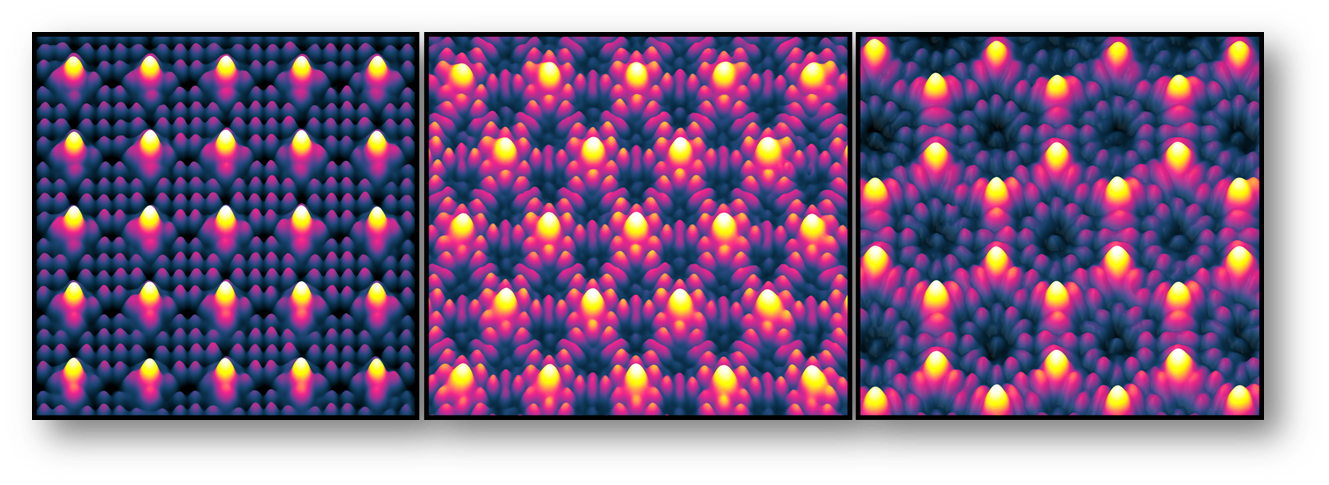Recent years have seen a surge of advancements in optical manipulation over bosonic light-matter quasiparticles known as exciton-polaritons in semiconductor microcavities. These particles appear under strong-coupling conditions between confined cavity photons and embedded quantum-well excitons. Characterised by very high interaction strengths, nonlinearities, and picosecond timescales, they provide an exciting testbed to explore room-temperature nonequilibrium Bose-Einstein condensation in the optical regime.
In this talk, I will present results on all-optically engineered macroscopic networks of connected exciton-polariton condensates, which permit studies on fundamental emergent behaviours in nonequilibrium quantum fluidic systems that are subject to an external drive and dissipation. I will explain how pumped polariton fluids give rise to so-called “ballistic condensates” which can interfere to form a bosonic analog of time-delay coupled oscillations, a behavior found all across nature. I will present experimental and theoretical results on large-scale condensate networks displaying aforementioned emergent behaviors, including: spontaneous synchronization with unprecedented long-range spatial and temporal correlations [1,2], formation of persistent circulating mass currents [3], non-invasive optical control of the network coupling weights [4], synthesis of artificial lattices for studies of non-Hermitian topological physics and Bloch band formation [5,6], and vortex frustration [7].
Lastly, I will discuss recent developments on the role of polariton condensate networks as nonlinear information processing elements in the optical computing paradigm. I will address three examples: room-temperature optical logic, analog spin simulators, and as neuromorphic computing hardware.
[1] Töpfer et al., Communication Physics 3, 2 (2020).
[2] Töpfer et al., Optica 8, 106 (2021).
[3] Cookson et al., Nature Communications 12, 2120 (2021).
[4] Alyatkin et al., Physical Review Letters 124, 207402 (2020).
[5] Pickup et al., Nature Communications 11, 4431 (2020).
[6] Alyatkin et al., Nature Communications 12, 5571 (2021).
[7] Alyatkin et al., arXiv:2207.01850 (2022).

3D views of the experimentally recorded condensate photoluminescence |Ψ|2 of a stabilized polariton lattice
List of Dates (Page event details)
- 12-03-2024 12:00 - 13:00




